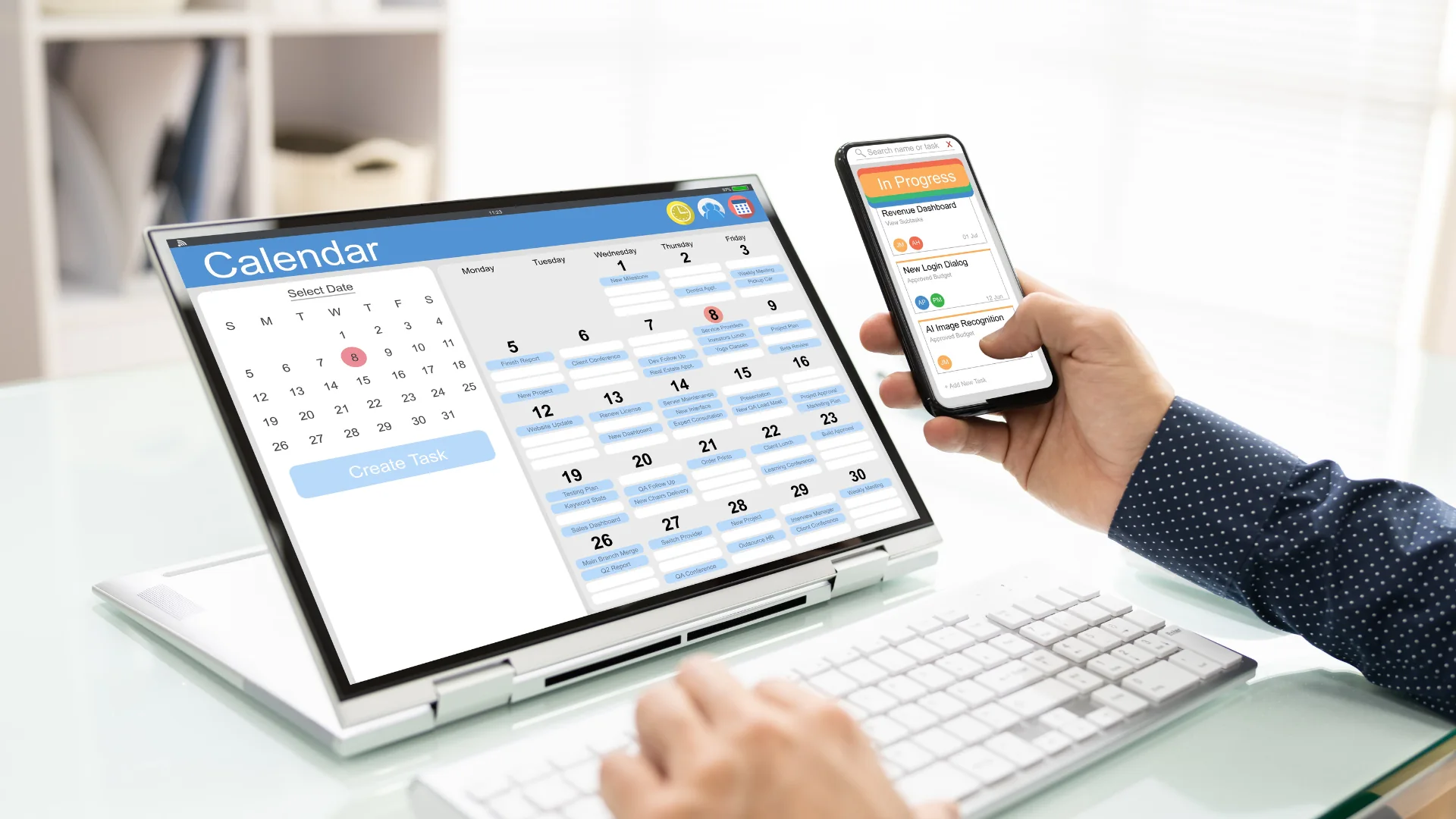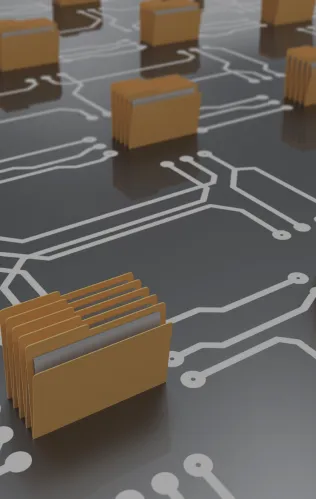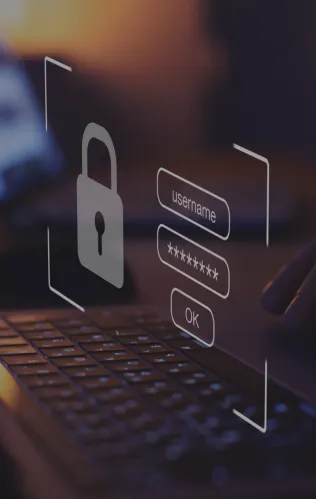The use of technology serves us in many ways, making everyone’s life a lot easier in various aspects. The introduction of technology in our daily life made us more organized, more active in our duties, more direct in our communications and generally present in a new-fangled digital world. With youth being fully integrated with technology, the education sector could not be an exception. In today’s fast-paced world the whole education system has undergone radical changes. The evolution of technology over the last decade has led to the development of numerous information and communication technologies, having a total effect on the way of teaching and learning.
So, it was not too long before education welcomed Student Information Systems (SIS) into its infrastructure. Starting from simple data entries into a database and a simple management and creation of student records, SISs today are not only capable of managing timetables, classes, and courses but they can also create a precise “replica” of the institution where all its capabilities remain the same but are fully digitalized.
However, a Student Information System could not create courses where classes, assignments, and exams are conducted digitally as a stand-alone. Somewhere here enters the Learning Management Systems (LMS). Let’s first try to be clear on what each system does in order to shed light on their differences and capabilities.
What is an SIS?
A Student Information System (SIS), is a software application that serves as a critical component in the digitization of educational organizations. Its primary function is to manage and gather student-related data throughout their whole educational lifecycle. All of the students’, parents’, and educators’ information as well as course elements are collected and stored in a unified database, usually in a cloud-based environment. It’s a system that includes numerous features and modules that improves communications between stakeholders while enriching the learning procedure.

What is an LMS?
A Learning Management Systems (LMS), is a platform dedicated to digital learning, and it stands out as the basic infrastructure for e-learning and remote learning environments. It contains tools that allow educators to easily create a digital environment where students can complete their assessments or join their classes while it also provides basic collaboration tools.
How does an organization benefit when deciding to adopt a combined SIS/LMS system?
#1 Learning takes a new form
Among the many advantages of adapting the SIS/LMS combination, the one that stands out is the flexibility it provides to students. All of the school’s educational materials are available to students 24/7, as well as additional materials such as books, files, etc. It also simplifies procedures for educators as they can upload and/or find assignments and tests from any academic period digitally, without the stress that something may be missing or destroyed unexpectedly.
#2 Easily switching to a hybrid classroom
Students now can learn both inside and outside the classroom. The two systems combined allow teachers to schedule through the calendar function, create online teaching sessions for synchronous learning, distribute work for asynchronous learning, monitor student progress, and more. Besides that, when a mobile application is available, it provides with a more accessible method for students to engage while allowing them to create their own learning environment.
#3 All educational needs are housed under one roof
The adoption of a combined SIS/LMS system helps educational organizations streamline administrative operations and digitalize academic processes in a single platform. Such a system helps you stay engaged with your community in every stage of the learning journey from admission, to being a student, to graduation with any type of user.
#4 Streamlined operations for educators
With a combined SIS/LMS, school administrators can set up the master schedule for the organization, assign students and educators to subjects and automatically create and update the individual classes within the LMS to reflect what is being offered. Attendance monitoring is another area that greatly benefits from such a system, as it allows educators to enter student attendance data directly into the LMS portal in their normal class view, while automatically sending it to school administration.
#5 Parents have real-time visibility of students’ progress
When talking about younger students, parents are given the option to check grades whenever they desire. This system provides the added benefit of alleviating the time-suck from teachers, as students/parents can instantly check their progress instead of asking and waiting for teachers to communicate it either in a written or oral manner. It helps standardize the grading process and relevant expectations from different users across the institution.
Wrap-up
Ultimately, the decision to select an LMS, SIS, or both comes down to your organization’s needs and how the software can best help solve some of your biggest concerns. However, the times we are living in have made it both necessary and easier to use combined SIS/LMS platforms. Whether we are asked to distance ourselves socially; whether students cannot reach the classroom due to lack of transport; or when more flexibility is needed around schedules – using a combined SIS/LMS for managing your institution, teaching and learning is the perfect solution for your institution. Therefore, it is about so much more than how such a system benefits your institution – but rather, how can your institution stay relevant without it.
FAQ’s
A combined SIS/LMS provides flexibility for students, streamlines administrative operations, enhances communication between stakeholders, and offers real-time visibility of student progress, fostering a conducive learning environment.
Look for features such as real-time grade and attendance tracking, scheduling capabilities, mobile accessibility, parent portals, and integration with existing systems to maximize efficiency and effectiveness.
Yes, Classter’s OpenAPI facilitates seamless integration between LMS and SIS, ensuring smooth data flow and unified management of academic and administrative processes.











